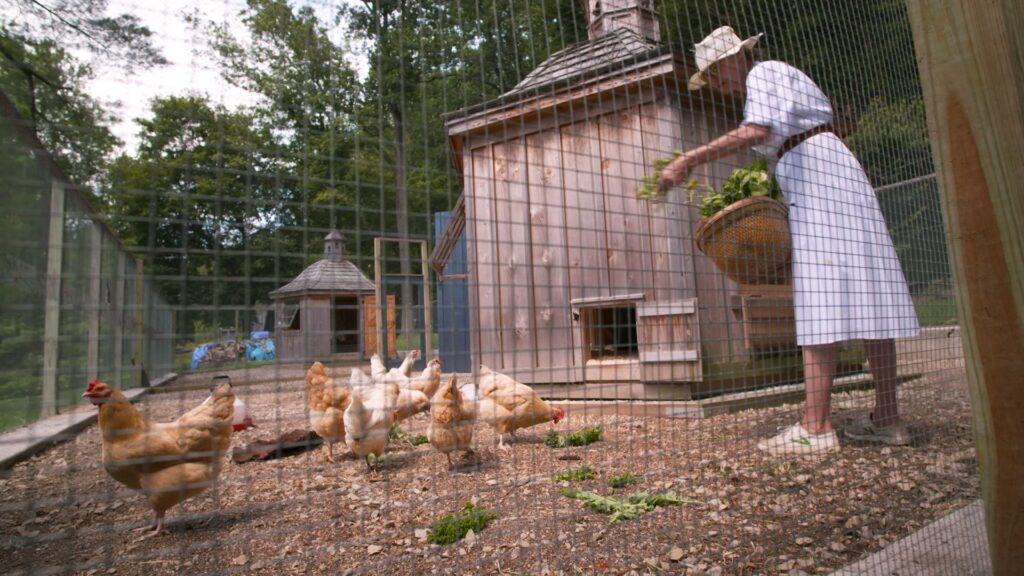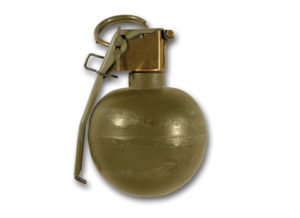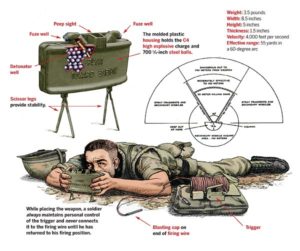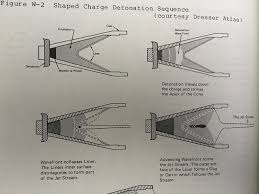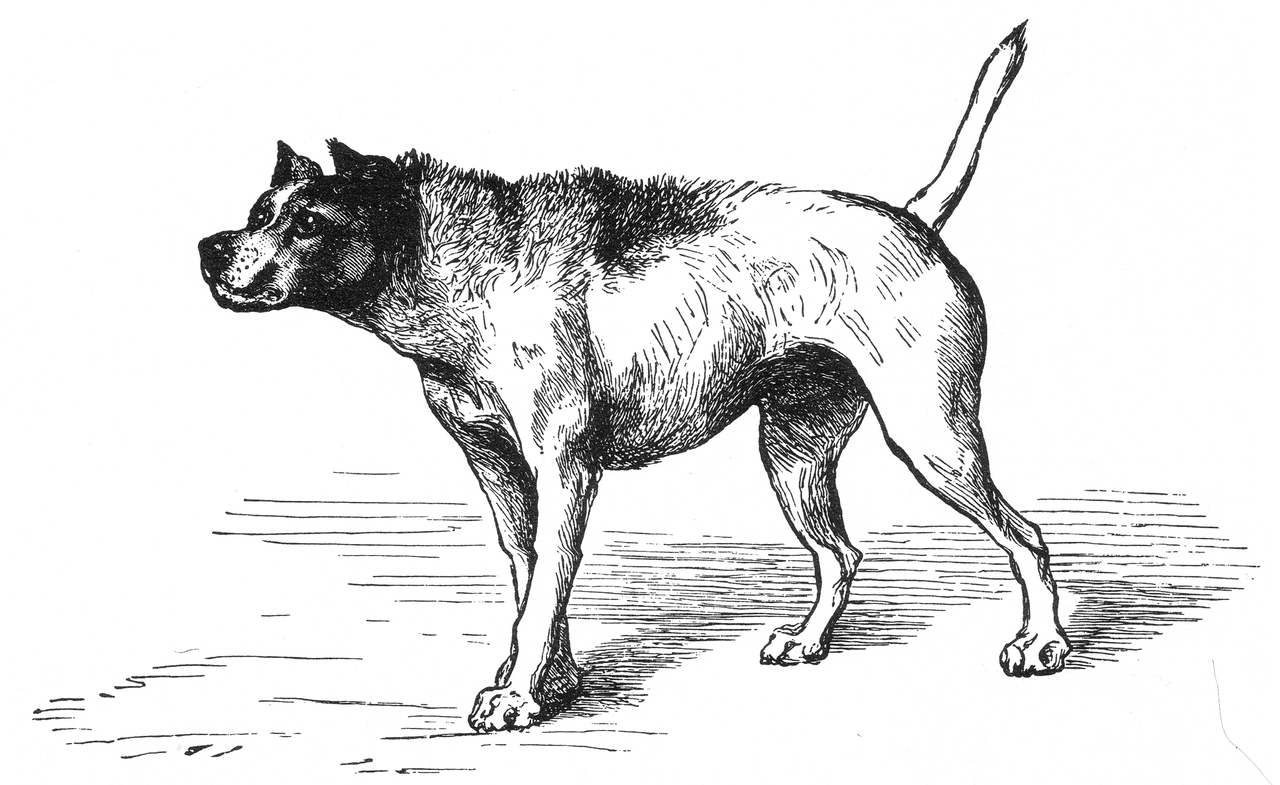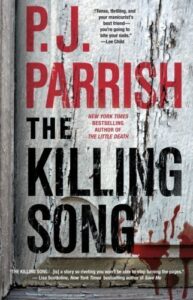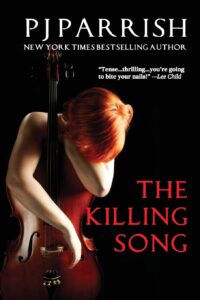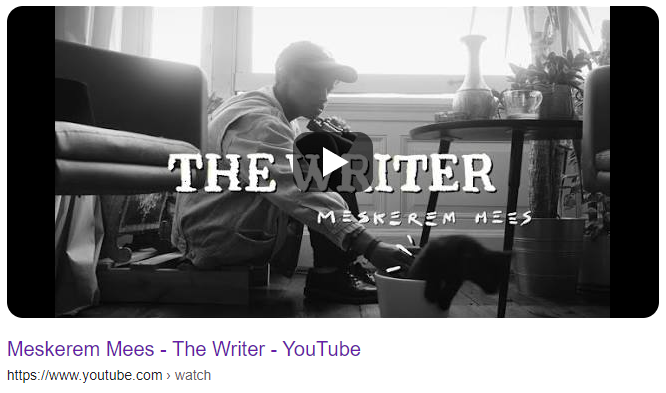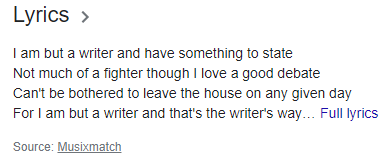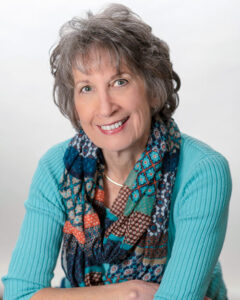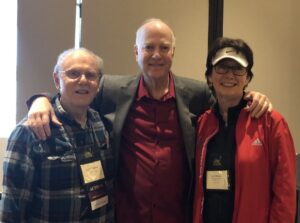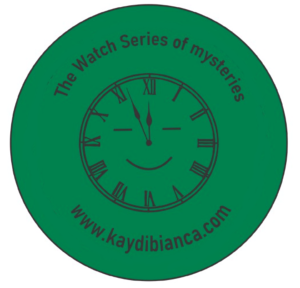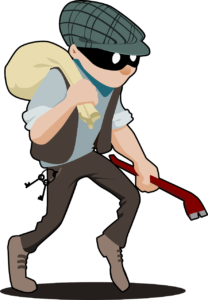
Today I’m delighted to introduce a guest post by mystery/suspense author Leslie Budewitz (also writing as Alicia Beckman). Leslie offers ideas about unconventional places to sell books.
Welcome, Leslie!
~~~
Marketing and promotion, it turns out, can require as much creativity as writing itself. One example: launching and selling books through non-traditional outlets, that is, businesses that aren’t primarily bookstores. These outlets are critical for those of us without easy access to bookstores.
When my first novel came out in 2013, the owners of an art gallery in Bigfork, Montana, where I live, approached me with an invitation I could never have imagined, even if I’d written it myself: What about an exhibit called “Bigfork in Paint and Print,” featuring area artists’ visions of the community and a book launch on opening night?
I still remember carrying a box of books into the gallery and finding people waiting for me. People I didn’t know. People who bought multiple copies, for gifts. I sold every book I’d brought and sent my husband home for more. We sold 60 books that night, and another 180 at the local art festival that weekend.
And the gallery? After telling me openings don’t sell paintings so don’t get my hopes up for books, the owners were astonished: They sold nine of eleven paintings that night and a tenth the next week.
Now it helped that I knew the owners, the local paper previewed the event, and the book, Death al Dente, first in my Food Lovers’ Village cozy mysteries, is set in a fictional version of our town. A special case. The exhibit continued for several years and openings were successful, but not at the same level—fewer friends-and-family purchases, more opportunities to buy the books in other places, and a little less excitement.
But this experience showed me the value of non-bookstore outlets.
Does your book have a specific angle that ties in to a local business?
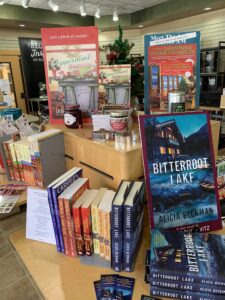 I live in a small tourist town in the northern Rockies. One of the downtown anchor businesses is a kitchen shop. My two cozy mystery series are both set in food-related retail shops, one here and one in Seattle’s Pike Place Market. It’s been a natural combination, and the kitchen shop sells dozens of my books every year to both locals and visitors. To my surprise, it’s also sold more than 100 copies of my first suspense novel, Bitterroot Lake, a hardcover without a single cupcake on the cover. Why? My guess: The bitterroot is the state flower and the word is echoed in landmarks throughout the area, giving it a strong regional appeal.
I live in a small tourist town in the northern Rockies. One of the downtown anchor businesses is a kitchen shop. My two cozy mystery series are both set in food-related retail shops, one here and one in Seattle’s Pike Place Market. It’s been a natural combination, and the kitchen shop sells dozens of my books every year to both locals and visitors. To my surprise, it’s also sold more than 100 copies of my first suspense novel, Bitterroot Lake, a hardcover without a single cupcake on the cover. Why? My guess: The bitterroot is the state flower and the word is echoed in landmarks throughout the area, giving it a strong regional appeal.
You might find a similar connection with an outdoor gear and clothing shop for your books featuring a park ranger or a fishing guide who solves mysteries. Your amateur sleuth runs a coffee cart? I can see the books displayed in the local coffee shop. A café, a brewery, a business built on a local theme—natural connections.
In general, people are not likely to buy a thing in a place where they don’t expect to see it. You probably wouldn’t buy earrings in a convenience store. On the other hand, you might buy a cute pair by a local artist nicely displayed near the cash register. We all love surprises and souvenirs. That’s the whole purpose of gift shops in art centers and historical museums. I’m one of several local authors who sell books through the airport gift shop, an option for those of us who live in smaller cities where airport retail is locally owned and operated.
A few tips: Forge a relationship with the business owner or manager. Show why your book fits their mission and will appeal to their customers. Retailers want new products that will excite their customers.
Offer to accept payment after sales rather than requiring an investment up front. Both the kitchen shop and airport gift shop started by paying me on sales, and quickly moved to buying the books outright.
Personalize an advance copy for the staff to pass around.
Work with the shop on displays. Your book won’t do well where people don’t see it. In the kitchen shop, my books are among the first things visitors see. After my launch at the local art center, I take the small stand-up poster to the kitchen shop and add it to their display. I’ve created a list of books in order, identifying me as a local author and Agatha Award winner. I leave bookmarks. I check in often and fluff the display. I’ve gotten to know the salesclerks, so they talk up my books. And you know that getting other people to talk about your books is more important than anything you can say.
When you make a delivery, find a spot to sit or stand and sign the books you’re leaving. You’ll strike up conversations with customers and staff and sell books while you’re there. Odd as it sounds, sales will go up that day, even after you leave. Every shop and gallery owner I’ve worked with swears it’s true.
Working out the sales percentage may be tricky. Retailers are likely to accept 75/25 because they are used to working on small margins. Nonprofits may be less flexible. If you’re traditionally published and can’t accept 60/40, be prepared to explain why and justify a 75/25 split. Twice recently I’ve heard “We have to treat everyone fairly,” that is, apply the same percentage to all artists. Treating people fairly doesn’t always mean treating them the same, because people aren’t all in the same situation. The only solution I’ve found is to suggest increasing the retail price. I hesitated, thinking an $8 paperback wouldn’t sell at $10, but it has. Remember, gift shop sales are often spur-of-the-moment purchases. You’re not competing with Amazon or B&N; a tourist will see the book as a souvenir, and a local as a special find.
If a shop can do better buying directly, tell them. Some gift shops and used bookstores that carry a few new titles have accounts with Ingram. That’s a better deal for them and easier for you. Stop in regularly to sign books and leave bookmarks.
One-night stands: Even without a regular sales relationship, you can participate in special events at local businesses. Does your book fit with Pioneer Days or other local celebrations? Holiday open houses and “ladies night” events are big opportunities. And if other artists or authors are participating, even better. The “shop and buy” vibe rises exponentially.

Montana authors Mark Leichliter, Christine Cargo, Leslie Budewitz, and Debbie Burke
Finally, though it doesn’t quite fit my theme, I want to mention another option. Create your own event and make it A Thing. When Kill Zone blogger Debbie Burke and her friend Dorothy Donahoe, a retired librarian, took a “get out of Dodge” drive in the summer of 2020, they stopped for lunch at a Bigfork bakery with an outdoor stage and bar and a lovely view. Dorothy suggested Debbie recruit other local authors for a joint event. It’s become an annual event featuring four mystery authors from across the valley.
Find and nurture local connections. People love the idea of promoting local authors; make it easy for them and fun for you. Let your creativity flow beyond the page.
~~~
Thanks, Leslie, for visiting The Kill Zone and sharing these great out-of-the-box ideas. And congratulations on tomorrow’s launch of Blind Faith!
~~~
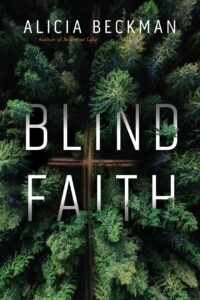 BLIND FAITH (written as Alicia Beckman), is out October 11 from Crooked Lane Books, in hardcover, ebook, and audio.
BLIND FAITH (written as Alicia Beckman), is out October 11 from Crooked Lane Books, in hardcover, ebook, and audio.
Long-buried secrets come back with a vengeance in a cold case gone red-hot in Agatha Award-winning author Alicia Beckman’s second novel, perfect for fans of Laura Lippman and Greer Hendricks.
A photograph. A memory. A murdered priest.
A passion for justice.
A vow never to return.
Two women whose paths crossed in Montana years ago discover they share keys to a deadly secret that exposes a killer—and changes everything they thought they knew about themselves.
Amazon
Barnes and Noble
Books-A-Million
Bookshop.org
Indie Bound
And your local booksellers!
~~~
Leslie Budewitz is a three-time Agatha Award winner and the best-selling author of the Spice Shop mysteries, set in Seattle, and Food Lovers’ Village mysteries, inspired by Bigfork, Montana, where she lives. The newest: Peppermint Barked, the 6th Spice Shop mystery (July 2022). As Alicia Beckman, she writes moody suspense, beginning with Bitterroot Lake and continuing with Blind Faith (October 2022). Leslie is a board member of Mystery Writers of America and a past president of Sisters in Crime.

